I spent the holiday weekend becoming fluent in the basics of modular origami. With practice, you can churn out the below models surprisingly quickly.
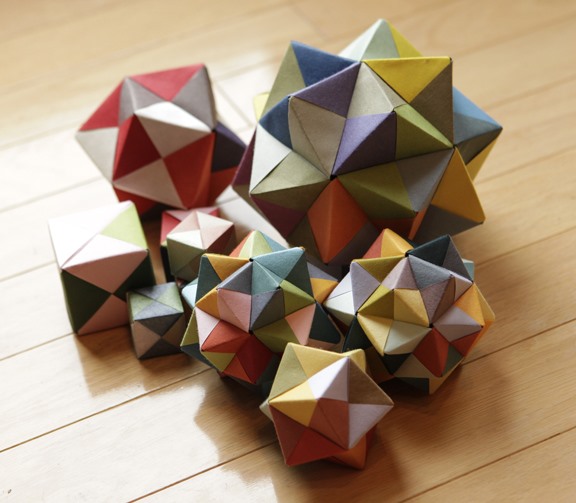
My first attempt at the octahedron can be seen here, which I found was actually a bit tougher to finagle (in terms of assembly) than the the somewhat more impressive looking icosahedron (shown below). I found Math Craft admin Cory Poole's modular origami instructions for the cube, octahedron and icosahedron easy to follow, with the exception of the assembly of the octahedron, which I eventually pieced together through trial and error (and by cross-referencing this diagram).



I went on to attempt the Pentakis Dodecahedron with Cory's instructions, but couldn't figure out the sonobe unit modification, so I will use the notorious barbabellaatje of YouTube's video demonstration, and will be posting my results soon!
Just updated your iPhone? You'll find new emoji, enhanced security, podcast transcripts, Apple Cash virtual numbers, and other useful features. There are even new additions hidden within Safari. Find out what's new and changed on your iPhone with the iOS 17.4 update.



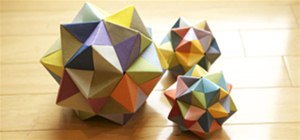
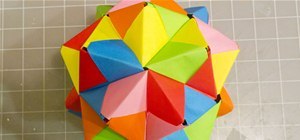
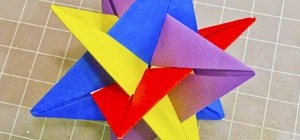
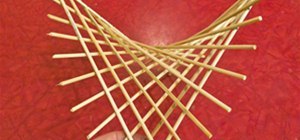
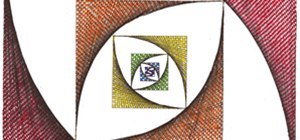
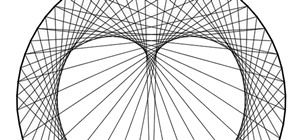
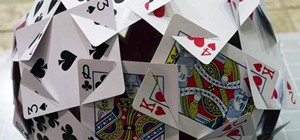
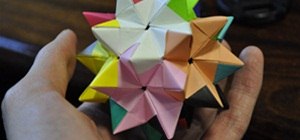
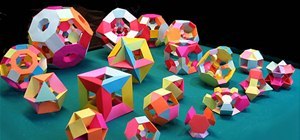
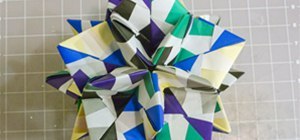

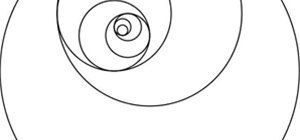
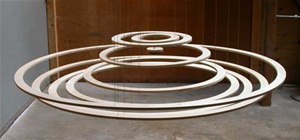
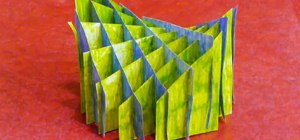
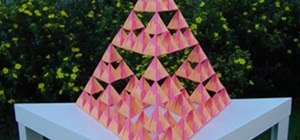

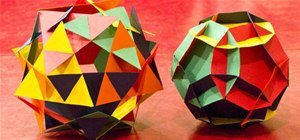
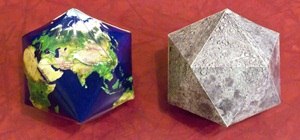
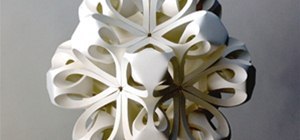
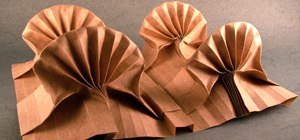
9 Comments
Oooh. They're really pretty. I love the little ones. Looks like you need to get some hooks and make 'em into Christmas ornaments. I'm looking forward to seeing your pentakis dodecahedron using the other type of unit. The sonobe one doesn't really hold together well (you really have to use glue...and it is a little bit confusing to make. It seems counter-intuitive to connect two sonobes into one main unit.
thanks! the images are compressing really poorly for some reason. I may try to re-upload them / play around. ah... yeah, I don't want to use glue. I'll be tackling the pentakis dodecahedron this week. these were my practice models :) so i already sent them home with relatives... I'm going to experiment with different paper to make ornaments.
Cool. I see...you're a purist then. I say whatever works! Glue is fine by me. :)
Really nice and tiny - they're sweeeet! I have never made the pentakis so might also give it a go soon.
I am also a purist so would ask - has anyone ever seen a sonobe icosahedron, a proper one with twenty equilateral triangular sides? I love the stellated icosahedron - it was the first complicated model I made many years ago with my big brother - but it has sixty sides and is both concave and convex, it just isn't platonic! If I was being really niggley I would say that the octahedron isn't the regular platonic one - still beautiful, but...
I have boring meetings for the rest of this week and might just drift off occasionally and try and work out those two shapes.
hmm... I'm interested. can you link to an image of a proper one? Not sure i understand.
The platonic solids aren't spikey. We're making them spikey in the octahedron model and the icosahedron model. Thus they are stellated polyhedra. Here's the mathworld page that has little 3d versions of all the platonic solids that you can play around with.
have you come across an origami version with flat planes?
I believe there are some ways to make these using various flat units. The only ones using the sonobe unit that I have seen are the cube and the dodecahedron. Perhaps it's possible though. That's why Imatfaal was trying to figure out if you could make the sonobe units form an equiateral triangle. If you could do this then you probably could make the object.
Yep that's exactly what I mean. The regular icosahedron has twenty faces - each of which is an equilateral triangle. There are five and only five platonic solids - the tetrahedron (4 equilateral triangles) the cube (six squares), the octahedron (8 equilateral triangles), the dodecahedron (12 regular pentahons) and the icosahedron (20 equilateral triangles). In these five shapes everything is regular ands repeated - in any other shape then either the faces are not regular (ie the sides or the angles vary) or the way the faces fit together is not uniform (ie some face more inwards than others or they are not perpendicular to the line to the centre of the shape). There is something cool and special about the platonic solids - they are so simple yet so complex about them. For instance if you look at some of the drawing if Leo ardo da Vinci you will see that he recognized that the cube and octahedron are kinda opposites - if you cut the corners off a cube you get and octahedron - and vice versa; just a bit weird!
Share Your Thoughts